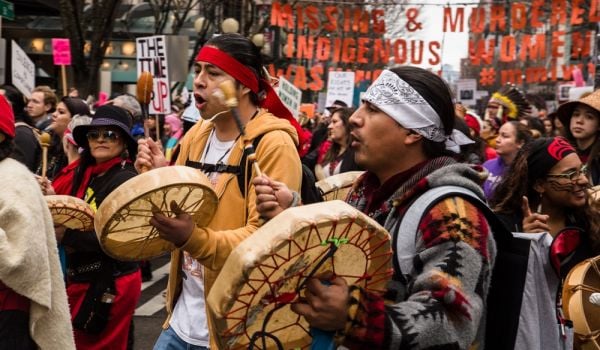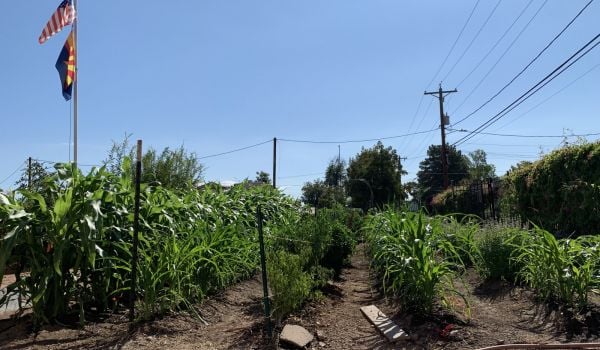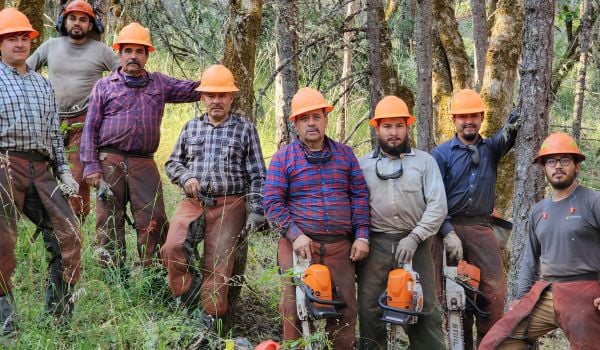Real Wage Gains for Workers Who Switched Jobs
A new report from the Pew Research Center of U.S. workers who switched employers between April 2021 to March 2022 found that 60% of workers who switched jobs saw their real earnings increase, when compared with earnings from the same month one year earlier. On average, they saw their earnings jump by 9.7% from the previous year, after accounting for inflation. For workers who stayed with the same employer, only 47% saw their earnings increase; the typical worker who remained in the same job saw their real wages fall 1.7%.
About 2.5% of U.S. workers switched jobs on average each month from January to March 2022, Pew found, and about 22% say they are very or somewhat likely to look for a new job in the next six months. But U.S. Department of Labor data suggests demand for workers, and workers’ bargaining power, might be cooling, according to CNBC.
Data from Native CDFI Suggests White-to-Native Wealth Ratio of 32-to-1
A new analysis of the net worth of more than 200 Native Americans – clients of a Native community development financial institution in South Dakota – offers a rare window into wealth disparities between America’s white and Indigenous households.
Researchers found that the median net worth of Four Bands Community Fund’s Native clients was roughly $5,524, comprising a “unique mix” of debt and assets. That’s far below the $20,730 median net worth of Black households and drastically less than the $181,440 median net worth of a white households. That makes a white-to-Native net worth ratio of about 32-to-1.
The report notes that these wealth disparities are driven by economic marginalization, lower incomes, fewer employment opportunities, limited access to conventional mortgages and higher interest rates.
But this “financial genocide,” as described by the tribal chairman of the Skull Valley Band of Goshute Indians in Utah, is also intensified by predatory practices. The tribe is now boycotting U.S. Bank, according to Prism, two years after suing the U.S. Bank for allegedly failing to pay the tribe more than $50 million in investment profits. The tribe had sought the private investments in their effort for economic sovereignty, in the face of this ongoing economic marginalization.
The Solution to Poverty is…Having Wealthy Friends?
A new study in Nature analyzing 21 billion Facebook friendships concluded that engagement between the rich and the poor is strongly linked to upward income mobility, much more so than other factors such as school quality, family structure, or a community’s racial composition.
“Growing up in a community connected across class lines improves kids’ outcomes and gives them a better shot at rising out of poverty,” economist Raj Chetty, a lead author on the study, told the New York Times. Children from low-income families who grew up in neighborhoods where 70% of their friends were wealthy later saw incomes that were an average of 20% higher.
The study is an urgent reminder of the need to undo racial and economic segregation, and underscores the role of shared community spaces including parks, libraries and trails in cultivating economic connectedness. It also highlights the importance of community projects that bridge the class divide – such as Chicago’s Folded Map Project, which connected local “map twins,” Chicagoans whose homes were at corresponding addresses on the city’s wealthier north side and its disinvested south side.
The analysis didn’t directly measure what role race plays in these relationships and income mobility, which could be a real confounding variable. But researchers point to data that suggests people living in racially segregated areas see less cross-class connectedness as a possible explanation for their lack of upward mobility. (See a non-technical summary of the research here.)
This article is part of The Bottom Line, a series exploring scalable solutions for problems related to affordability, inclusive economic growth and access to capital. Click here to subscribe to our Bottom Line newsletter.
Aysha Khan is the managing editor at Next City.
Follow Aysha .(JavaScript must be enabled to view this email address)










_600_350_80_s_c1.jpg)







